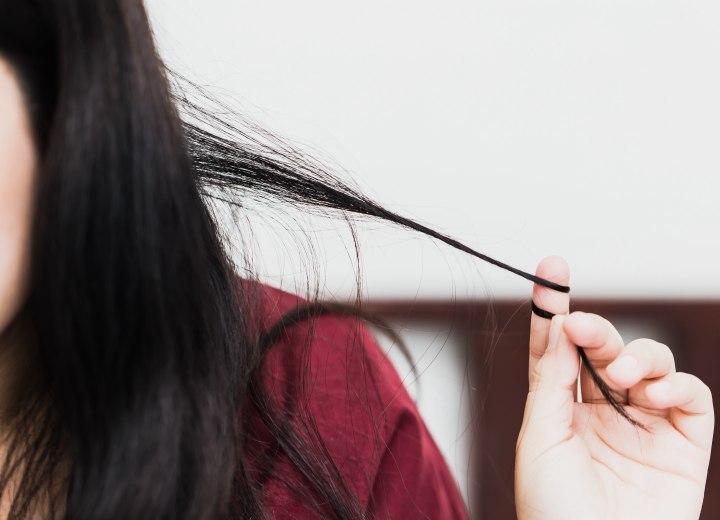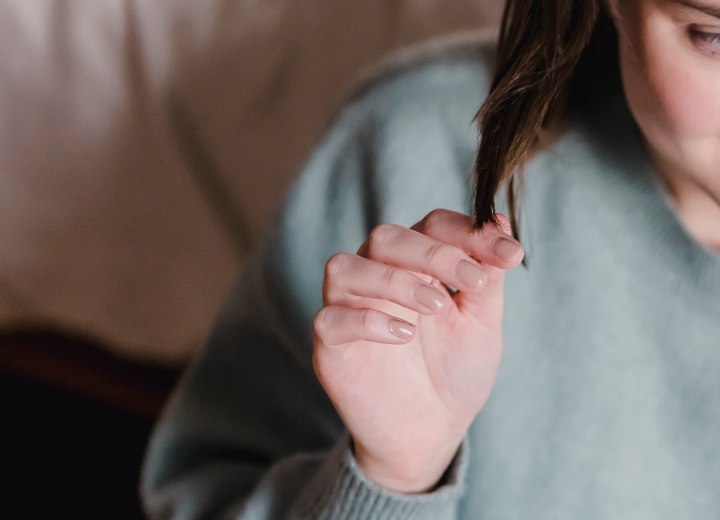Hope for Trich Sufferers

Many symptoms related to Obsessive-Compulsive Disorder (OCD) and anxiety can have a negative impact on one's daily life and limit social activities. When a person has to "wear" their disorder in their physical appearance, it can make working and socializing unbearable.
Many women wear their hair as a fanciful prop to be twirled, tossed, and fluffed to perfection to enhance their sensuality and beauty. However, for individuals with Trichotillomania, they often have to face the world with terribly thinning hair, stubble, and bald patches. The uncontrollable urge to pull their hair out from the root is too overwhelming to ignore, and their actions lead to an unappealing visual appearance and a damaged self-image.
The majority of Trichotillomania sufferers are women, and a woman's self-image and confidence are heavily tied to her hair. Is it shiny, bouncy, manageable, thick, etc.? You get the point. For many, the worst part of having Trich is feeling isolated. Due to the fact that many Trich sufferers are "in the closet" about their condition, there is little camaraderie and support to be found.
According to one Trich sufferer and my client, Melissa, "I had never met anyone who had this. I thought I was the only one in the universe, and I thought I was crazy. When I was in school, I wore bandanas to the point where I once shaved it all off just to end the hair pulling."
Melissa found solace and support through my salon, which deals with many Trich sufferers. To her advantage, she finally realized that she was not alone. What can often exacerbate hair pulling is the loneliness and shame associated with this obsessive-compulsive disorder, forming what I refer to as a pain cycle.

At my salon and through my non-profit organization, HelpMe2Stop.org, we attempt to break this cycle using hairpieces, gluing hair down to prevent pulling, hair vitamins, and eventually transitioning to hair extensions. This feeling of community tends to lift spirits and create hope. Hope, emotional support, and validation are just as essential as the hair work that I do. Both are important ingredients for recovery from an acute state of Trichotillomania.
As a member since 2005, I can attest that another great source is the Trichotillomania Learning Center (www.trich.org) which provides workshops, treatment methods, resources, and conducts continuous research on this elusive disorder. My non-profit organization, HelpMe2Stop, raises money for those who cannot independently afford hair restoration treatments that I offer at my salon. It is for those who require additional financial assistance.
Charlene Blacer is a hair health and growth expert and the founder and sole proprietor of the Mane For A Year (MFAY) Program, which repairs and restores hair that has been damaged by Trichotillomania. The Mane For A Year Program is offered exclusively at The Secret Mane Salon.
Charlene also raises money for people in need of her program through her non-profit organization – www.helpme2stop.org
By Charlene Blacer - The Secret Mane Salon
See also: More about obsessive hair pulling